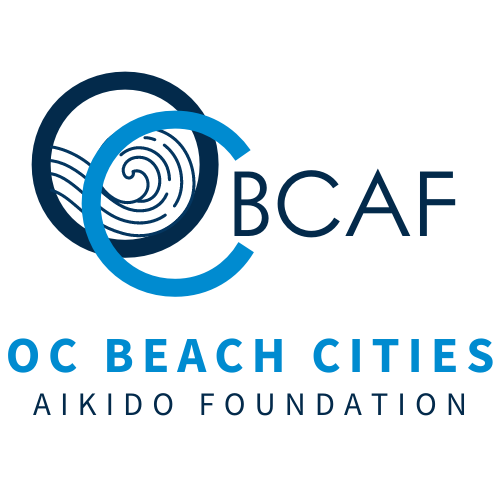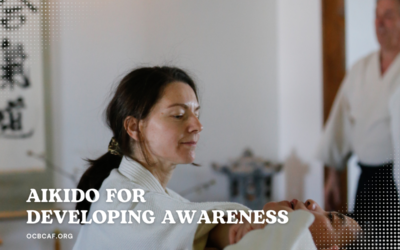Aikido is a modern Japanese martial art that focuses on self-defense techniques and principles of harmonious conflict resolution. It was developed in the early 20th century by Morihei Ueshiba, often referred to as O Sensei, which means “Great Teacher.” Aikido combines elements from various traditional Japanese martial arts, including Judo, Jujutsu, and Kenjutsu, but it has its unique philosophy and approach.
8 Key features and principles of Aikido include:
- Non-Aggression: Aikido is fundamentally a defensive martial art. It does not involve striking or attacking an opponent but instead focuses on redirecting and neutralizing an aggressor’s energy.
- Harmony and Blending: A central concept in Aikido is the idea of blending with an attacker’s movements and energy. Practitioners learn to use the opponent’s force and momentum against them rather than opposing it directly.
- Circular Movements: Aikido techniques often involve circular motions that enable practitioners to control and unbalance their attackers. These circular movements allow for efficient energy redirection.
- Joint Locks and Throws: Aikido techniques typically involve joint locks, pins, and throws. These techniques are designed to immobilize or incapacitate an attacker without causing serious injury.
- Minimal Use of Strength: Aikido emphasizes using proper body mechanics, leverage, and timing rather than relying on physical strength. This makes it accessible to people of various sizes and physical abilities.
- Centering and Balance: Practitioners work on maintaining their own balance while disrupting an attacker’s balance, making it challenging for the opponent to continue their attack.
- Mind-Body Connection: Aikido places importance on the connection between the mind and body. It encourages practitioners to cultivate a calm and focused mindset while executing techniques.
- Self-Defense and Conflict Resolution: Aikido is not only about physical techniques but also about resolving conflicts peacefully. It teaches practitioners to remain composed and avoid unnecessary aggression.
Aikido training typically takes place in a dojo (training hall), where students practice techniques with partners and under the guidance of experienced instructors. The practice involves various forms (kata) and exercises to develop the necessary skills and principles.
Aikido is not only a martial art for self-defense but also a path for personal development, emphasizing physical fitness, mental discipline, and a philosophy of harmony and non-aggression. It attracts people interested in both self-defense and the pursuit of inner balance and peace.
Developing Awareness through Aikido
Aikido and Situational Awareness: Empowering You to Be Prepared and Avoid Confrontation In today's fast-paced world, personal safety is a concern for everyone, and developing situational awareness is crucial. Aikido, the Japanese martial art known for its philosophy...
Aikido: What could be more necessary
In today's fast-paced and stressful world, the need for practices that promote mental wellness, physical activity, and community connection has never been more critical. Aikido, a non-competitive martial art, offers a unique and holistic approach to achieving these...
The Gentle Art: Why Aikido is Ideal for Children
In a world filled with diverse martial arts options, parents often ponder the best choice for their children's physical, mental, and emotional development. While many martial arts offer valuable lessons, Aikido stands out as an ideal choice for children. This...
Aikido: The Path to Mental Wellness for Teens in Today’s World
In the hustle and bustle of today's fast-paced world, our teenagers often face overwhelming stressors, including academic pressure, social challenges, and the ever-present influence of technology. As parents, we're constantly seeking ways to support our teens' mental...





